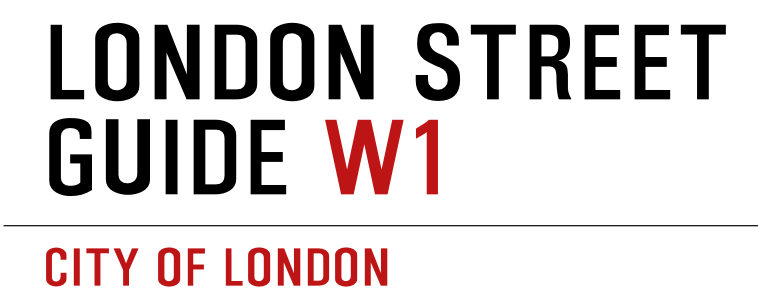Place Name
As the name suggests, this sits near the top of the hill that gave Wimbledon its name. It is around 185ft above sea level. According to a Merton Council paper: “The Ridgway separates the ‘flat land’ to the north from the escarpment to the south and was known as ‘The Highway to Kingston’ because it was the traditional cattle route from Wimbledon Village to the nearest market town of Kingston. There is no archaeological evidence that it was frequented by early man, since no Neolithic, Iron Age or Roman artefacts have been discovered along it. In the absence of such evidence, claims by local historians that it was a Roman Road, a branch of Watling Street, or part of a Neolithic salt route, remain unproven. It may well have been an ancient highway, but ‘Ridge Way Lane’ was not referred to until the reign of Elizabeth I. Until well into Queen Victoria’s reign it remained a narrow country lane reaching only as far west as the present Drax Avenue. The 1841 census referred to it as ‘Ridgway Lane’ and the 1848 tithe map shows the north side lined with the back garden boundary walls and fences to the grounds of the houses on Southside, and the opposite side separated from the meadows running down to Worple Lane by a continuous ditch, bank and hedge. The Ridgway steadily took on the character of an urban street as first the gardens to the north and then the open fields to the south were developed.” It adds: “Ridgway is very much an area with its own clearly defined character, rather than merely the sum of the Sub Areas which adjoin it. Or rather, it is a series of spaces of varying character which merge into each other as one progresses along it.”
![]()
